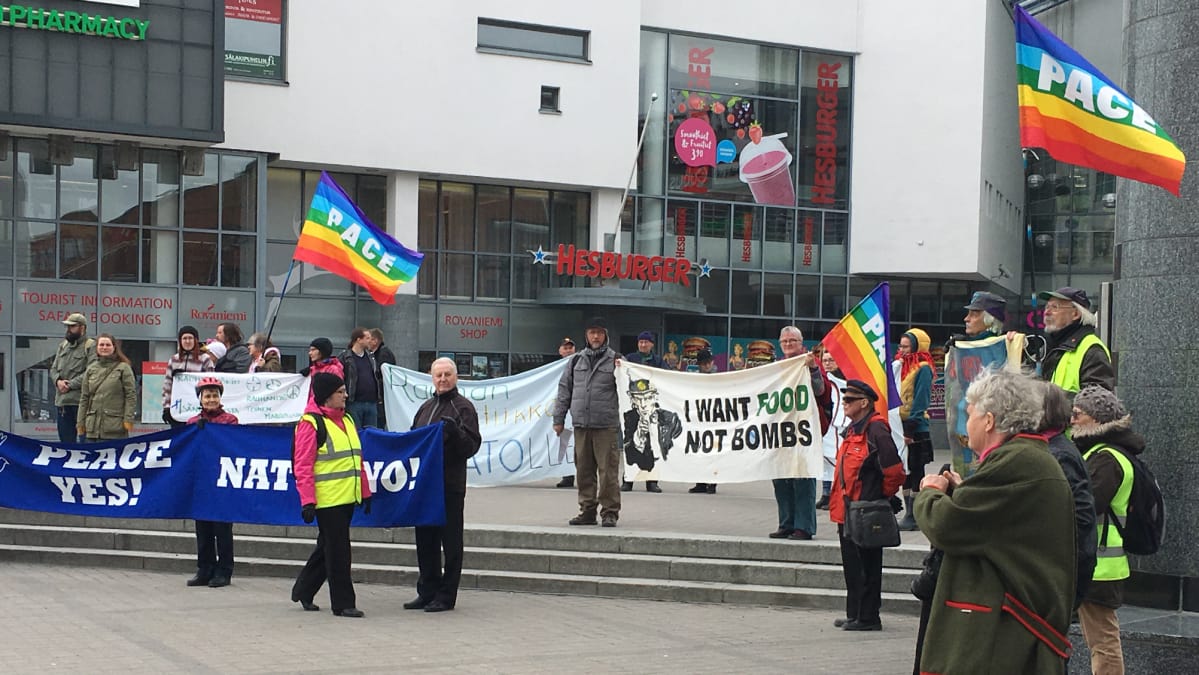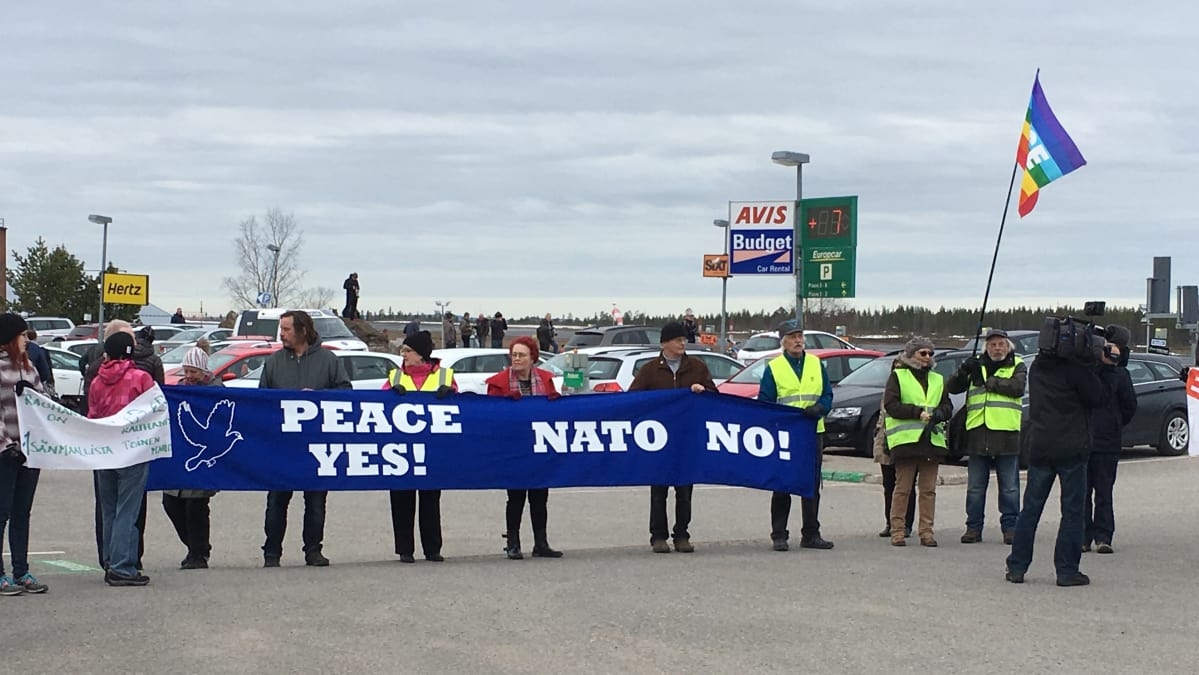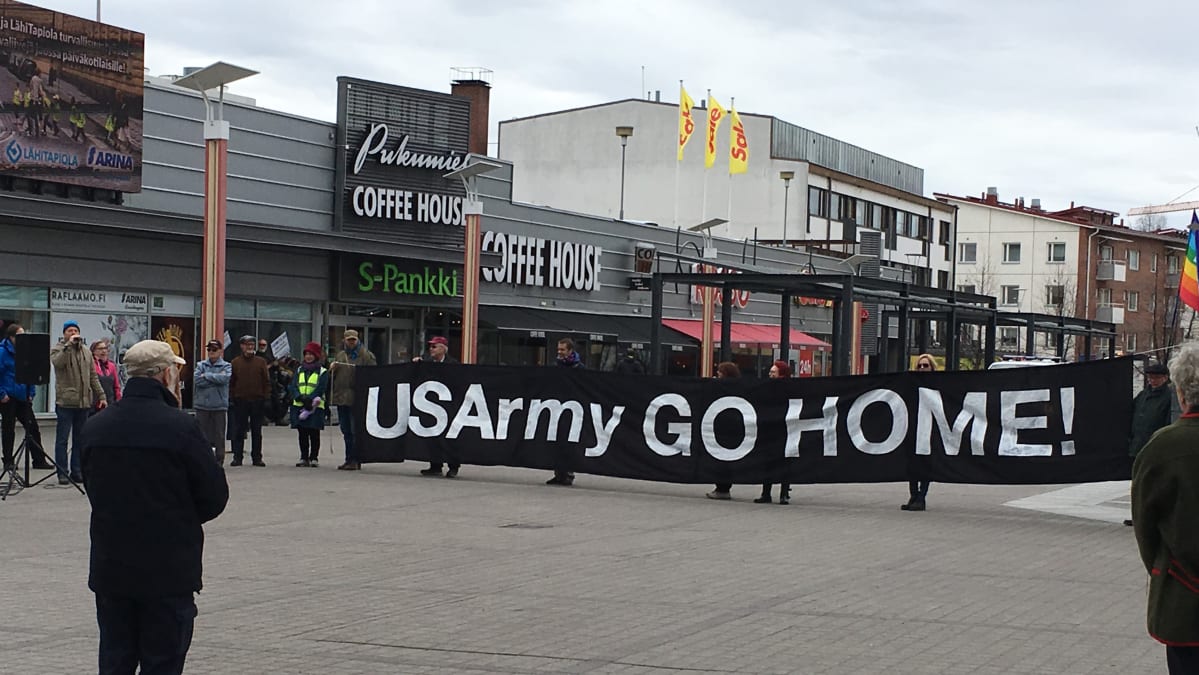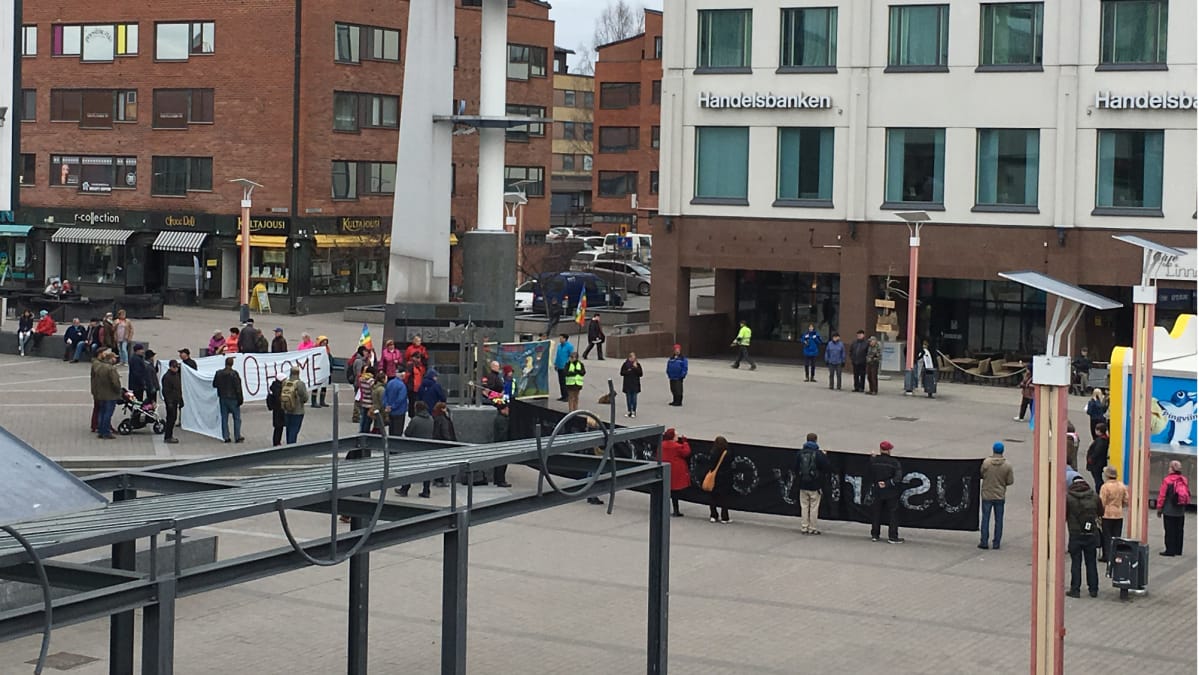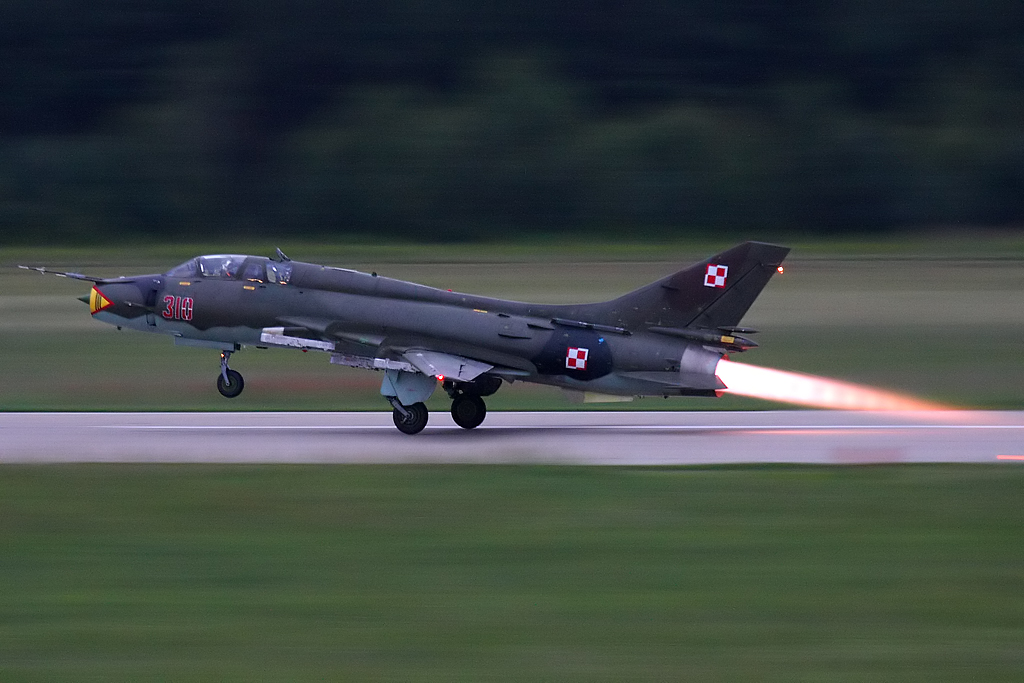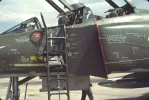Iraq’s Close Encounters With Stealth Fighters
An airline pilot and an electronic-warfare officer both had brushes with F-117s
WIB airWIB history May 31, 2017
Tom Cooper
In mid-December 1990, an Iraqi Airways Boeing 747 took off for a flight from Kuwait International — then occupied by Iraqi troops — to Baghdad.
The aircraft was piloted by Captain Remzi, former fighter pilot with a long career flying Sukhoi Su-7BMKs and Su-20s during the war with Iran.
His mastery of English and his keen love for flying made Remzi a passionate reader of aviation magazines. As a subscriber to multiple publications around the world, he was well informed about latest developments, and thus about the U.S. Air Force’s F-117 stealth fighter, which the flying branch had revealed to the public in 1988.
Remzi was about to be the first “enemy” civilian to knowingly face the F-117 in a conflict zone. The first
military encounter occurred shortly thereafter.
It was around 9:00 at night, local time, as Remzi slowly climbed his 747 into the evening skies over southern Iraq. The view from the cockpit was excellent. The pilot and co-pilot enjoyed their short trip through the starry night.
Glancing out of the left window of his cockpit, the Iraqi pilot noticed something strange — there was a shadow quite close to the left wingtip of his aircraft.
Remzi concentrated. The silhouette reminded him of a photograph that was in wide circulation in the aviation press of those days — that of the famed F-117!
Still uncertain about what he saw, Remzi asked his co-pilot if he could see that thing near their wingtip. The co-pilot immediately confirmed that he can see something, too. Remzi called ground control in Baghdad and asked if there were any Iraqi fighters flying in the same area.
A few seconds later, the controller replied there was nobody around but the 747.
An F-117 drops a GBU-28 bomb during testing. U.S. Air Force photo
As he was approaching Najaf, Remzi began wondering — what was a super-secret U.S. fighter aircraft doing so deep inside Iraqi air space? And where was the Iraqi air force?
His military training took over. Remzi banked his huge jumbo jet slowly toward the F-117, but the American pilot reacted by banking away, too – and then disappeared toward the south.
As far as is known, this was the first-ever encounter between an Iraqi pilot and an F-117.
Remzi’s report of an F-117 that deep inside the Iraqi air space drew a lot of attention in Iraqi military circles, especially the officers working at the “Kari” integrated air-defense system that monitored all Iraqi air space.
The encounter underscored their inability to detect a U.S. stealth aircraft flying only 200 kilometers southwest of Baghdad at an altitude of 24,000 feet.
After days of study, the Iraqi air force concluded that it lacked the means to counter this threat. Its only hope was to track down and identify radio calls from pilots operating F-117s.
This task fell to the Unit 128, a dedicated electronic-intelligence, signals-intelligence and electronic-warfare organization within the Iraqi air force’s intelligence department.
To the dismay of Unit 128’s officers, they had insufficient time to find out more about the communications signals the F-117s emitted before the war began on Jan. 17, 1991.
One of Unit 128’s forward positions was at the old Rashid air base in southern Baghdad. It consisted of a trailer with equipment for jamming radio communications of Soviet origin, protected by high earthen berm.
An F-117 targets the AT&T Building. U.S. Air Force photo
It was the job of Captain Amer, working in the trailer, to jam radio communications between U.S. Air Force E-3 Sentry radar planes and Air Force fighters. But Amer knew that his equipment was adequate against targets only in the vicinity of the Iraqi capital.
Around 2.:55 in the morning on Jan. 17, 1991, Amer sat and listened to radio traffic between U.S. fighter pilots and controllers aboard E-3s. He realized, to his amusement, that several of the controllers were female.
Almost precisely at 3:00, the main internal communication building in Baghdad, colloquially known as the AT&T Building, suddenly exploded. Iraqi air force officers outside the building heard the distinctive sound of a jet aircraft passing by.
The officers at Kari were startled. Their screens showed no enemy aircraft over Baghdad. Yet more reports of American planes streamed in.
The air-defense center ordered a MiG-23ML flown by Captain Waleed, flying 25 miles south of Baghdad, to turn north and intercept one of the intruders. Around 30 seconds after Waleed received this order, Amer could hear a controller on an E-3 speaking to one of the F-117 pilots. The controller, a woman, realized that Waleed’s MiG-23s was about to approach the eastern suburbs of Baghdad along a route crossing that of the U.S. stealth fighter — and at roughly the same altitude.
Concluding that there was a chance of the F-117 being intercepted, the controller immediately ordered their pilot to descend and avoid.
After hearing the order from the American controller, Amer quickly engaged his equipment. The reaction of the USAF controller was panic. Shocked by the strong noise in her earphones, she lost contact with the F-117 for a moment. She screamed into the microphone, believing the stealth fighter was in peril.
Actually, nobody at the air-defense center, and even less so Waleed, ever detected any F-117s. The only satisfaction any of the Iraqis got that night was Amer’s brief jamming of a controller’s communications.
This was apparently the closest encounter between the Iraqi air force and the American stealth fighters during that war.
